 Collecting, Graphing, and Interpreting Exit Poll Data
Collecting, Graphing, and Interpreting Exit Poll Data
by Elissa Olimpi, Jenny Lovell and Chrissy MacLean
Exit polls are used to determine or predict what people believe, how they feel about something, or in what way they will act. This module is designed to lead students through the process of designing an exit poll to answer a hypothesis about a local, state, or national election. The data they collect can be compiled and analyzed as if the poll were being presented on the news. In this way, students can gain a deeper understanding of one part of the legislative process.
Students learn: 1) What ballot measures are important to members of their community 2) How to poll the public, 3) How to generate graphical hypotheses and 4) How to create graphs in Google Sheets and interpret them.
Docs: fulltext.docx form.docx organizer.docx
Keywords: community, data, explanations, graphs, hypothesis, polling, questions

 Tools for Uncovering the Human Geography of Pollution
Tools for Uncovering the Human Geography of Pollution The Impact of Slope and Substrate on Water Flow Speed
The Impact of Slope and Substrate on Water Flow Speed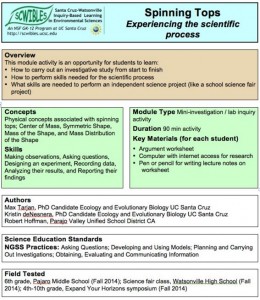
 Assessing Biodiversity Using a School Garden
Assessing Biodiversity Using a School Garden Exploring Trends Across the Periodic Table
Exploring Trends Across the Periodic Table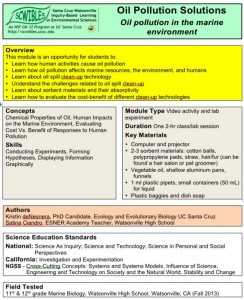
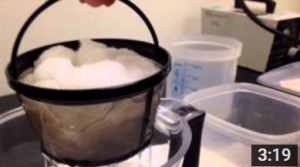
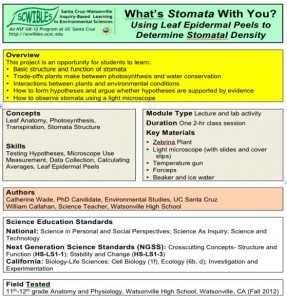 Using Leaf Epidermal Peels to Determine Stomatal Density
Using Leaf Epidermal Peels to Determine Stomatal Density

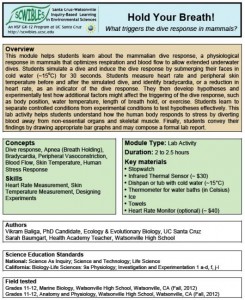
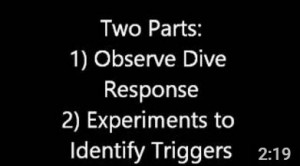
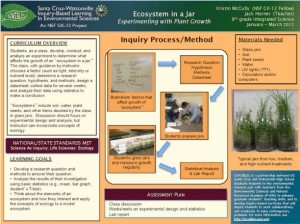 Experimenting With Plant Growth
Experimenting With Plant Growth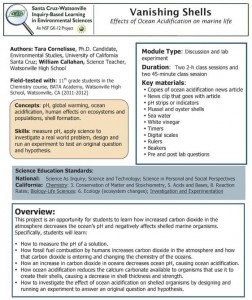
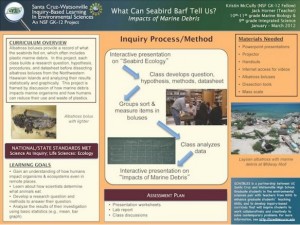
 Rock cycle and igneous rock formation
Rock cycle and igneous rock formation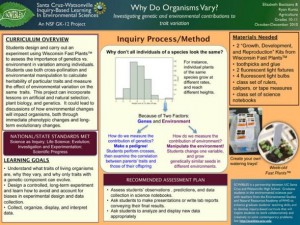
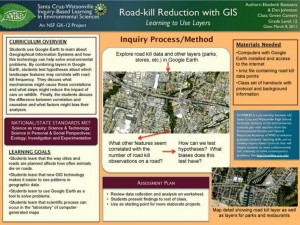
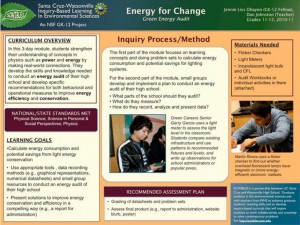 Green Energy Audit
Green Energy Audit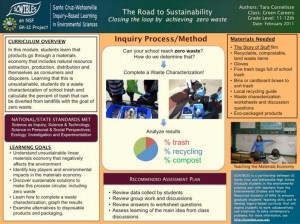
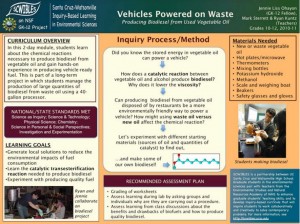
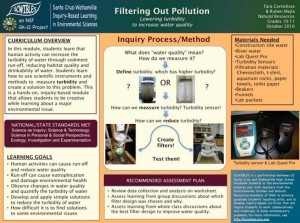 Lowering Turbidity to Increase Water Quality
Lowering Turbidity to Increase Water Quality